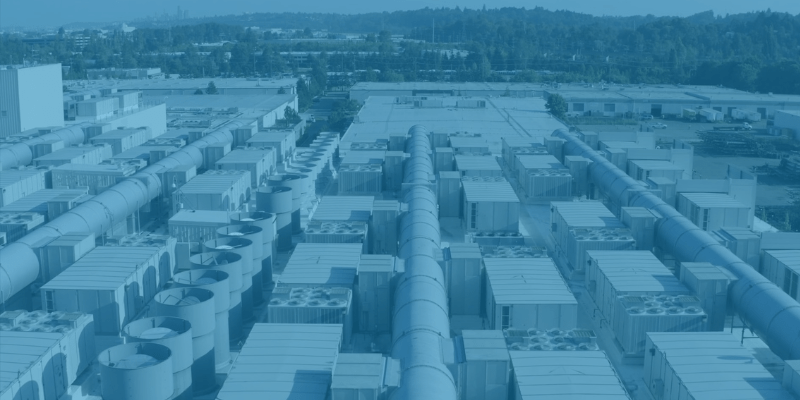2024 Data Center Trends: A Conversation with National and Sabey

TJ Hofheimer, Managing Director, Portfolio & Asset Management at National Real Estate Advisors and Rob Rockwood, President at Sabey Data Centers (SDC) sat down at the SDC Ashburn campus in Ashburn, VA to discuss data center industry trends and the evolving dynamics across power usage, technology, and tenant demand.
Watch or read their interview below:
ROB: What kind of demand drivers are investors asking about in the data center industry?
TJ: The easy answer is AI because that’s what everyone is talking about today. Is it real? Is it driving tenant demand? Yes, it is, but there’s so much more, and we saw this growth in data center tenancy really started before COVID. The migration to the cloud, that’s really been a big driver. Anything that’s making a consumer’s life easier, from a productivity standpoint or convenience standpoint, is running through a data center, and we a really seeing that drive tenant demand in our campuses.
TJ: From a technological perspective, how are we keeping up with changes in the data center industry to meet the needs of tenants?
Rob: Great question. For Sabey Data Centers, the first thing we do is keep our eye on the ball and for us, being flexible with our customers and being able to meet them where they are in terms of their cooling and power distribution requirements is key. We design our data centers with great floor loading, clear heights that can manage a great deal of heat coming off a single cabinet, and then we ask the customers “what’s the right mechanical solution for you, what’s the right power distribution system for you, how many kilowatts do you need to your cabinet, and what sort of performance dynamics make the most sense?” Then, our data centers are able to accommodate the customers requirements. We can do liquid cooling, air cooling inside the same data center. This data center, for example, could have multiple arrays of liquid cooling right beside air cooling.
TJ: What industry disruptions are present today or could be on the horizon?
Rob: We couldn’t be in a better place to talk about than Ashburn. Ashburn, the world’s biggest data center market, right now, is in transition from complete community acceptance and almost unlimited power to community resistance to data center expansion and power scarcity. When we look out across the portfolio, and in any given market, our first concern is, how do we make sure we’ll be able to scale our customer’s power and how can we make sure that we do that so that the power we deliver is sustainable and its consistent with the requirements of the community. We so much would rather have the community see Sabey Data Centers as an answer to their concerns about data centers than a big part of the problem, and we’ve figured out how to do that, and we’ve been doing it since Sabey Data Centers got started by delivering hydroelectric power to our customers in Washington, seeking out opportunities for sustainable power in all the markets that we serve, and that’s how we’re going to become the data center champions for the community, as opposed to part of the problem.
TJ: What trends are your predicting over the next year?
One of the most encouraging trends is the degree to which our existing customers continue to expand, both on existing campuses and across the portfolio, and we expect that trend to continue. We need to stay out in front of that trend to encourage customers to stay with us with scalable power campuses that can be expanded without the purchase of new land, and we’re in the fortunate position to be able to double the size of our portfolio on the land we currently control. So, the trend we want to capitalize on is that trend of existing customers expanding.
Rob: What trends do investors have their eye on?
The data center industry is now an established asset class for institutional investors that are all trying to figure out what is the best way to invest in this product type, and we obviously are biased in how we’ve made our investment, and we’re thrilled with that. We’ve been doing this for almost fifteen years now. For us, I think leverage levels are always an important thing to focus on and return on cost. As you mentioned, we can double the size of our portfolio, but we’re only going to do that if it makes economic sense, and where interest rates are today, it’s a challenge to make sure you have positive leverage. We make sure we do, and that’s something that we focus on, and we explain to investors.